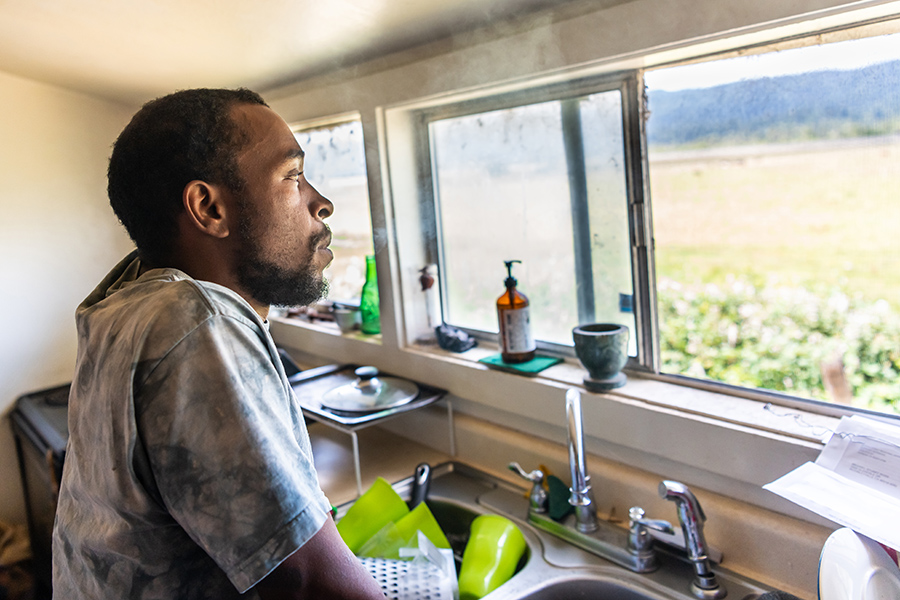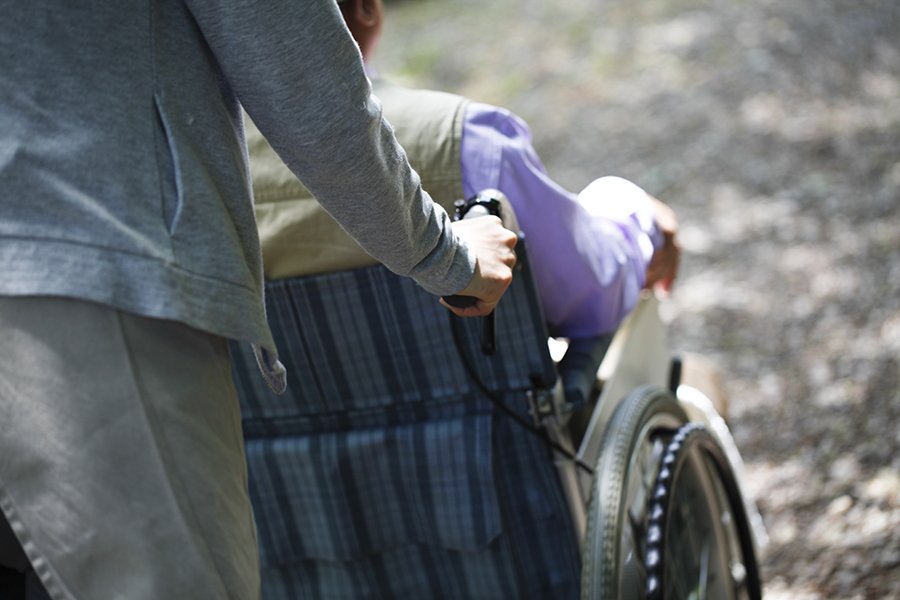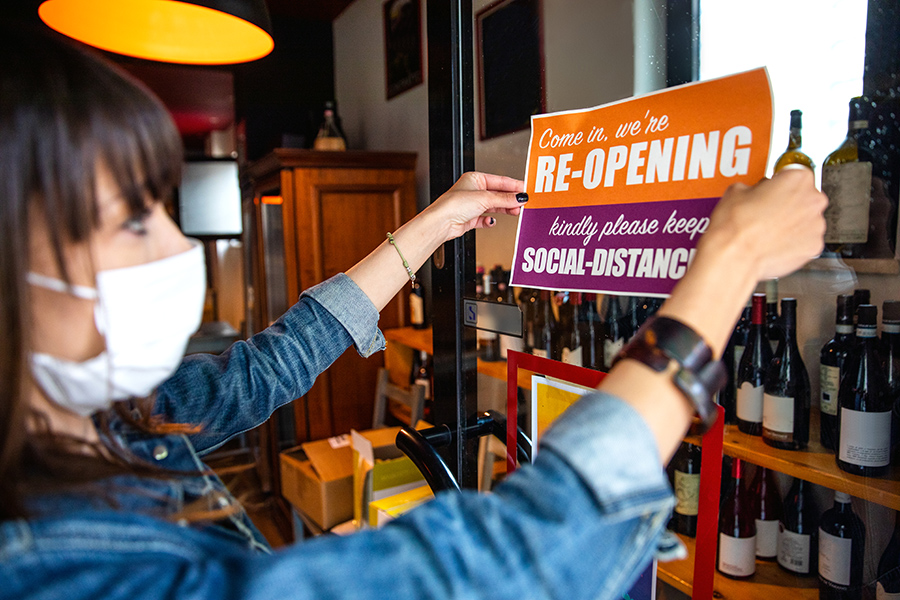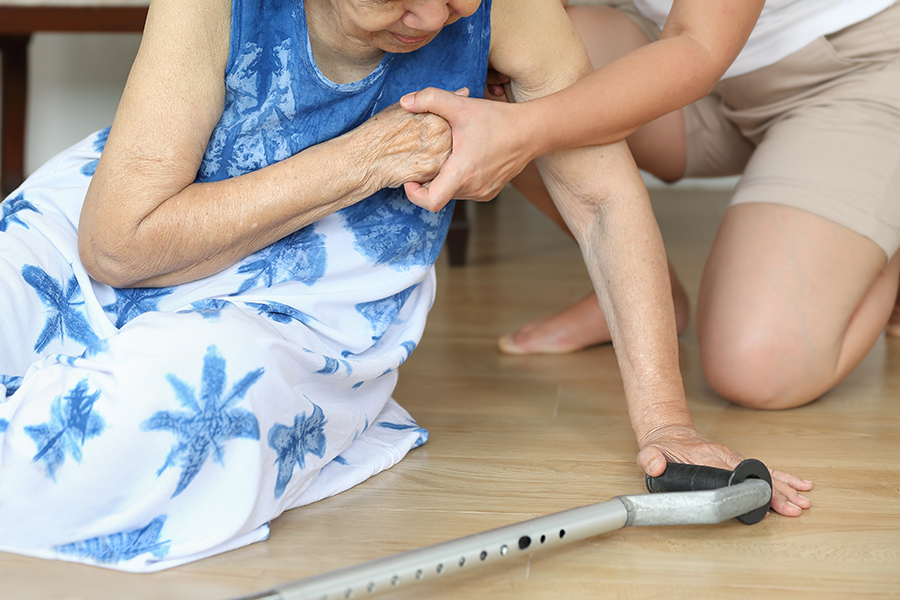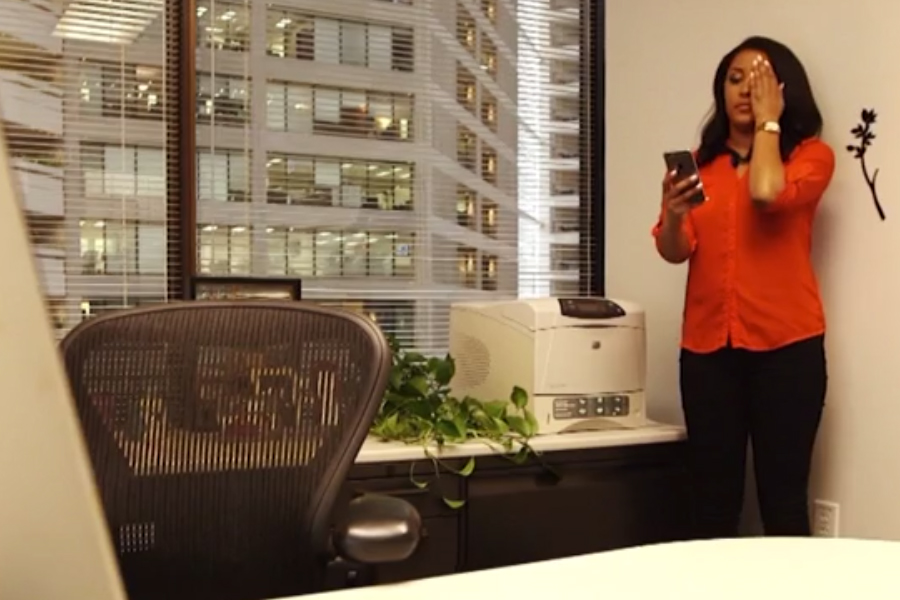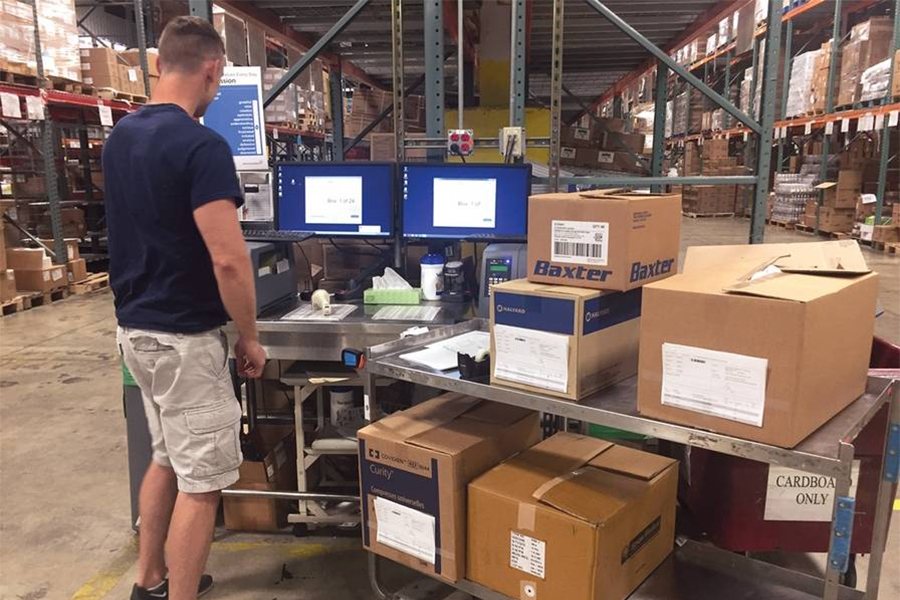By John F. Wasik for The New York Times
GIVEN the tens of millions of people in retirement or about to enter it, it’s surprising how few plan for something most of them will eventually need: help doing basic tasks at home. But perhaps it is not so surprising: It’s like learning a difficult new language late in life.
Only about 1 percent of those aged 65 to 74 live in nursing homes, the Census Bureau reports. Most retirees continue to live at home as they age, even though many do not have relatives nearby to assist them as it becomes harder to handle daily activities because of declining health, mobility or cognitive difficulties.
Of those who need the help most, many won’t admit they need it or obtain assistance willingly on their own. They fear loss of independence and becoming a burden to their families. This is an issue I’m facing in my own family and it’s difficult to navigate.
For most older people, it is far preferable to stay at home rather than enter a nursing home. But it isn’t easy to make it work. Just ask Coleen Wagner, who lives in Saratoga, Calif., and has helped several relatives find home care. That includes, most recently, her mother-in-law, who was 85 and had dementia at the time. She has since died.
“We went through six people,” Ms. Wagner said, “And most stayed only a few months. It was difficult. Finally we found someone who was amazing. The caregiver also did gardening and cleaned up. We paid her $30,000 a year.”
Home care, often referred to as caregiving or nonmedical in-home services, provides help with the activities of daily living. Professionals who perform these services may not need licensing or certification, although many are certified nursing assistants. Requirements vary from state to state.












